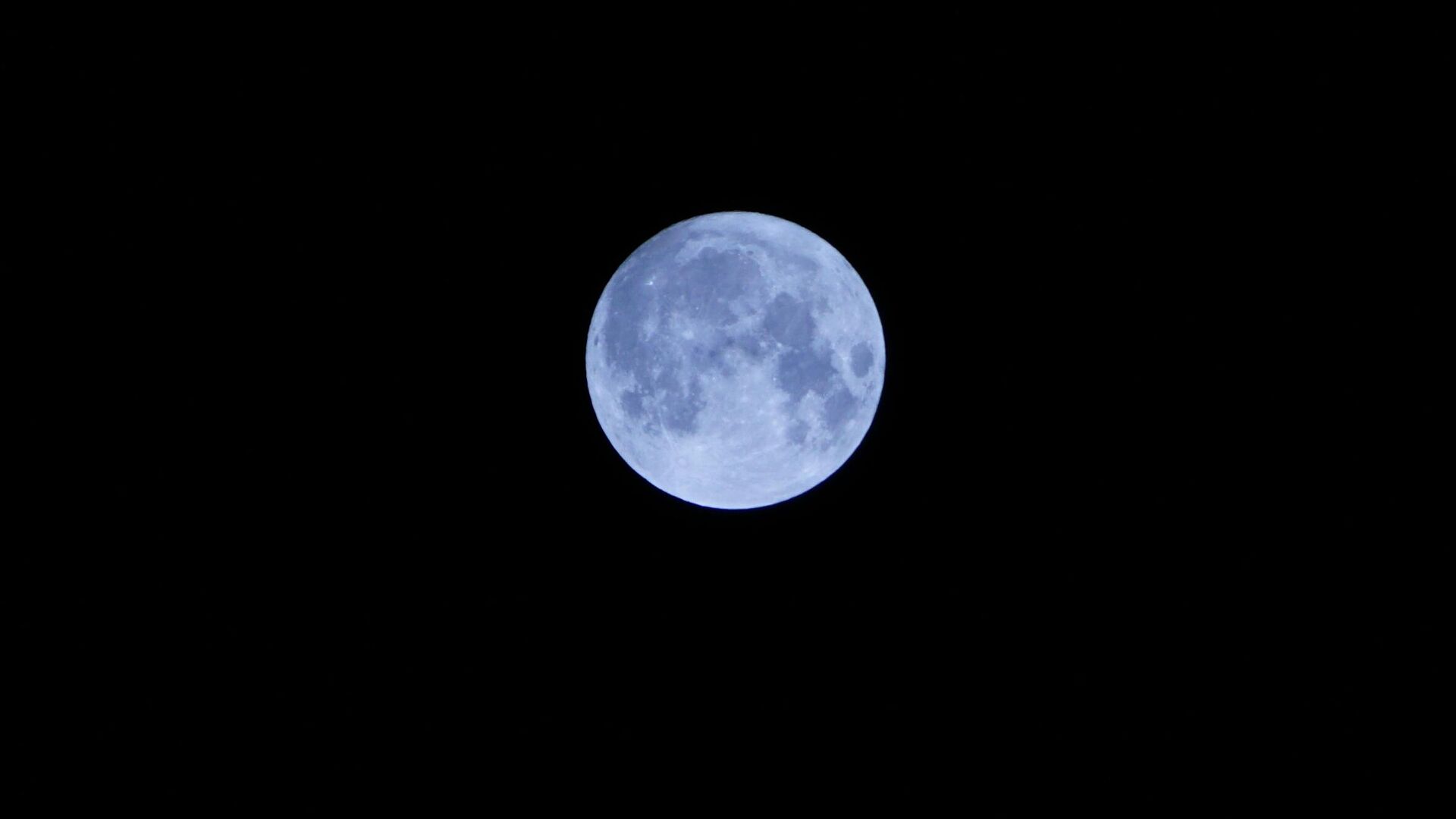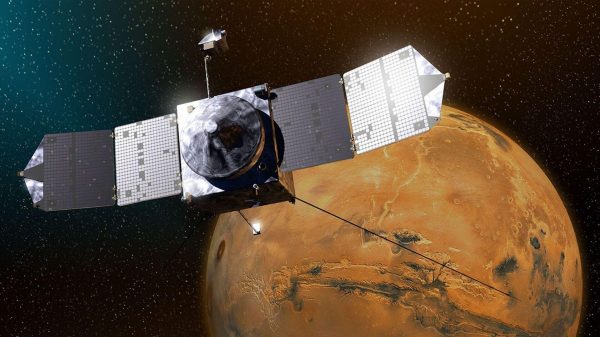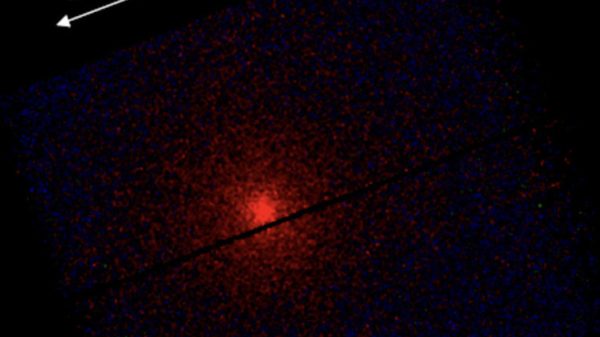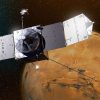
TOKYO, January 16 The Japan Aerospace Exploration Agency (JAXA) plans to begin reducing the perigee altitude of the first “smart” research module SLIM to 15 kilometers from January 19 in order to begin the lunar landing maneuver at midnight on January 20.
To date, according to JAXA, the module has successfully entered a circular orbit of the Moon at an altitude of 600 kilometers.
«In the future, we plan to conduct a maneuver to reduce the perigee altitude to 15 kilometers on January 19. After this, at 00.00 on January 20 Japanese time (18.00 Moscow time on January 19 — ed.) we will begin to the lunar landing maneuver. The lunar landing is scheduled for approximately 00.20 Japanese time (18.20 Moscow time — ed.),» the Japanese Agency said in a statement.
The broadcast of the landing of the Japanese module is expected to begin at 23.00 January 19 Japanese time (17.00 Moscow time) on the JAXA Youtube channel.
In September, the SLIM module, launched on an H2A launch vehicle from the Tanegashima Cosmodrome, successfully separated and entered the desired trajectory. At the end of December, the module was successfully launched into lunar orbit.
Particular attention during the development of the lunar module, which was led by Mitsubishi Heavy Industries jointly with JAXA, was paid to precision during landing. If until now the landing was carried out with an accuracy range of about 10 kilometers, now the module will have to descend to a predetermined point with an error of 100 meters. Before landing, the module will have to calculate craters from the images taken by its cameras and compare them with data on the landing site.
As the project developers explained, a successful and accurate landing on the Moon will mean for science a transition from an era when the very fact of landing on the Moon was important, to the era of the apparatus accurately hitting a predetermined point. The developers plan to test technologies for image navigation and self-navigation of the module. The second task is to check the operation of the light module systems. The task of reducing the weight of equipment while maintaining the accuracy of its operation is extremely important for the development of further space flights, as it will allow transporting a larger amount of necessary equipment.
As expected, during the landing process the module will study and record the surface of the Moon using navigation cameras. In particular, when SLIM begins its gradual descent, the module will have to turn into a vertical position and detect obstacles on the lunar surface from a height of 50 meters. Based on the results obtained, he will then assume a horizontal position and will find a safe and comfortable place to land and conduct his own navigation. Just before landing, it will release a small probe.
If the landing of the module is successful and its missions are completed, the expedition data will be used in the development of the American lunar mission Artemis 1 (“Artemis-1”). Japan will become the fifth country to send a module to the Moon.






















































Свежие комментарии